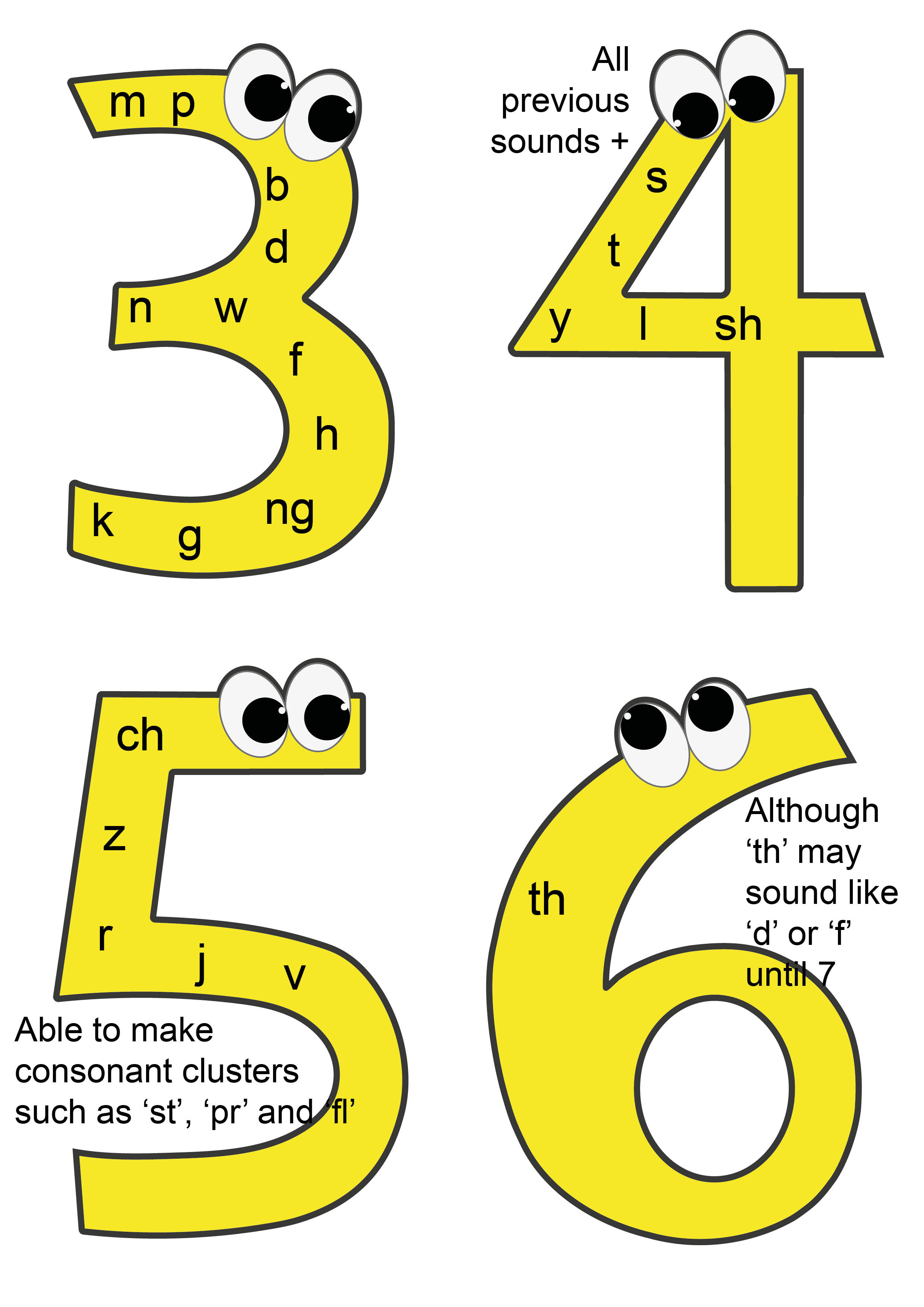How to support your child's speech skills
Information for parent and carers from the Children and Young People's Therapy Service
Children learn speech, language, and communication skills in their natural environment. As parents / carers there is so much you can do to support your child’s development.
This leaflet aims to provide parents and carers with information, activities, and tips. If after reading this leaflet, you still have questions or concerns, please go to our Children and Young People's Therapy web page.
Learning to talk is a difficult process, which takes time and effort to master. Most young children’s speech in the first few years is often unclear. This is very typical and a normal stage of their development. In most cases these difficulties will get better by themselves, however there are things you can do to help your child master the difficult task of speaking.

What are speech sounds?
Speech sounds are the sounds we use to make a word. Developing speech sounds is a gradual process from babbling, to putting sounds together to form words, and then sentences. Speech sounds continue to develop through early childhood.
Tips to help your child’s speech
Phase out bottles and dummies. Children need to experiment with their tongue and lips to practise making different sounds.
Be face-to-face and ideally on the same level as your child when you talk with them. This will help your child know what sounds are in words.
Do not ask them to repeat back the word unless you really do not understand what they are saying.
Try repeating back your child’s words, using the correct sounds for them to hear the right pronunciation. For example, if they say “take” for “cake”, you could say “cake, you would like some cake”.
When talking keep background noise as low as possible.
Ask your child to tell / show you in a different way if you are having difficulty understanding them. This may help to reduce any frustration and will support their confidence with talking.
Ways to support your child’s speech development
Before making different speech sounds your child need to be able to hear the different speech sounds (discrimination skills). If they cannot hear the difference between ‘t’ and ‘k’ they will not hear a difference between the words ‘toast’ and ‘coast’ and ‘tea’ and ‘key’.
Ask your child to listen to sounds that you produce. Remembering to produce them as ‘pure’ sounds “t” not “tee”. Have the sounds written down and encourage your child to point to the sound you are saying.
Play games such as ‘posting’, ‘throwing beanbags’, or ‘giving the sound cards to teddy’. Here your child does not need to say the sound.
Look for objects around your house / garden starting with their target sound, for example ‘k’ - ‘cup’, ‘toy cat’, ‘coat’, ‘key’ and ‘comb’.
Encourage them to listen out for their target sound in books and TV programmes.
Making sounds
Before being able to put sounds into words, children have to learn how to produce them on their own. Stand in front of a mirror together and practice making a range of sounds.
Next, see if your child can say the target sound in a sequence with other sounds they can say. Use a teddy or favourite character to jump to the sounds you want them to say.
Once your child can produce the target sound in a sequence at single sound, try the sound with a vowel - ‘k-ee’, ‘k-ar’, ‘k-oo’ and ‘k-ay’.
When your child is able to produce their target sound with a vowel, move on to producing simple words such as ‘cook’, ‘coat’, and ‘cup’. Ask your child to repeat the word to make sure their target sound remains in place.
Avoid breaking the word up into individual sounds, for example ‘c-u-p’, and use game / puzzle pieces as motivators.
Work on one sound in one word position at a time. For example work on ‘k’ at the beginning of words (such as cup) before in the middle (rocket) or end (duck).
Key points to remember
Encourage your child throughout all these different stages. Remember this is tricky for them and will need lots of practice.
Do not correct your child, instead say the word the right way. Over-correcting can cause frustration and lead them to be reluctant to speak.
Comment on what your child is saying, rather than how they are saying it.
Make the activities motivating and fun to keep them engaged.
Useful websites
Chatter pack Click on ‘Blog’ then ‘speech and language, occupational therapy and SEND’
Follow our social media accounts for lots of ideas of how to support your child’s communication skills, and links to other useful websites and resources.
Facebook page: East Kent Children and Young People’s Therapy Service
Follow us on Twitter @ChildTherapyEK